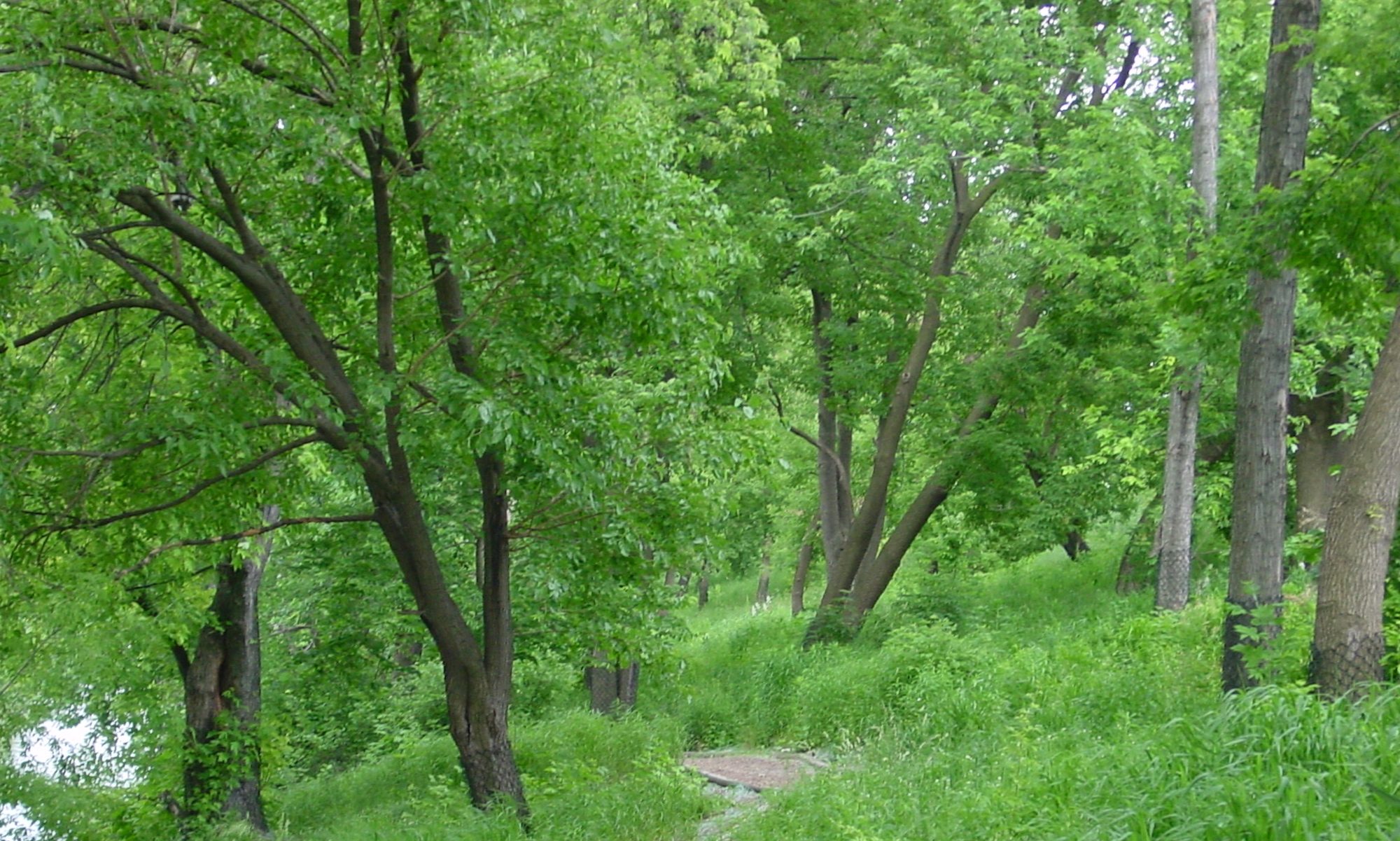wendy farmer-oneil mentioned InvitingOrganization and the Four Practices, yesterday on the phone, and wondered if we shouldn’t name a fifth practice and dimension, a center space that is some sort of stillness.
my answer… yes. and, but, not like that.
i’ve suggested four seasons, quadrants, practices. and yes, there is stillness, reflection, settling in the first one, opening heart. that requires that heart rest in something, like pelvis and legs, the support and ground achieved in the third and fourth practices. but this stillness is not the thing she was really asking about, i think. it’s not a peer to the other four, not a separate center.
it is bigger. i think it is their union. their all all-at-once-ness without loss of distinction. in terms of strategic questions, it recalls the highest level question is “how light is your organization?” at that level everything runs together, and light is love, clear, fast and power.
so yes there is a center, and a perimeter, and it is also the ground that the whole map is drawn on, the page or the screen. and finally, remember that each of the quadrants can be cut into those same four quadrants, a fractal slide into a space that refuses to be theorized, where we can only just do it. in this fractal view, four quadrants inside of each of the quadrants, we see the all-at-onceness is fully present in each of the four.
there is no fifth season, no new peer to the four, and there is always a center, an edge, a ground and a space that is always present, in each of them in time, and all of them taken together, which is impossible to name. it’s not a fifth or separate practice, but the gift of all practice, then thing that emerges in experience when we do the other four.
and this is the easy, all-at-onceness, all-together, everything works out quality, sometimes called ‘community’ or ‘high learning’ or ‘flow’ or ‘fun’ or ‘spirit’ that emerges when we practice these things in the form of open space technology.
